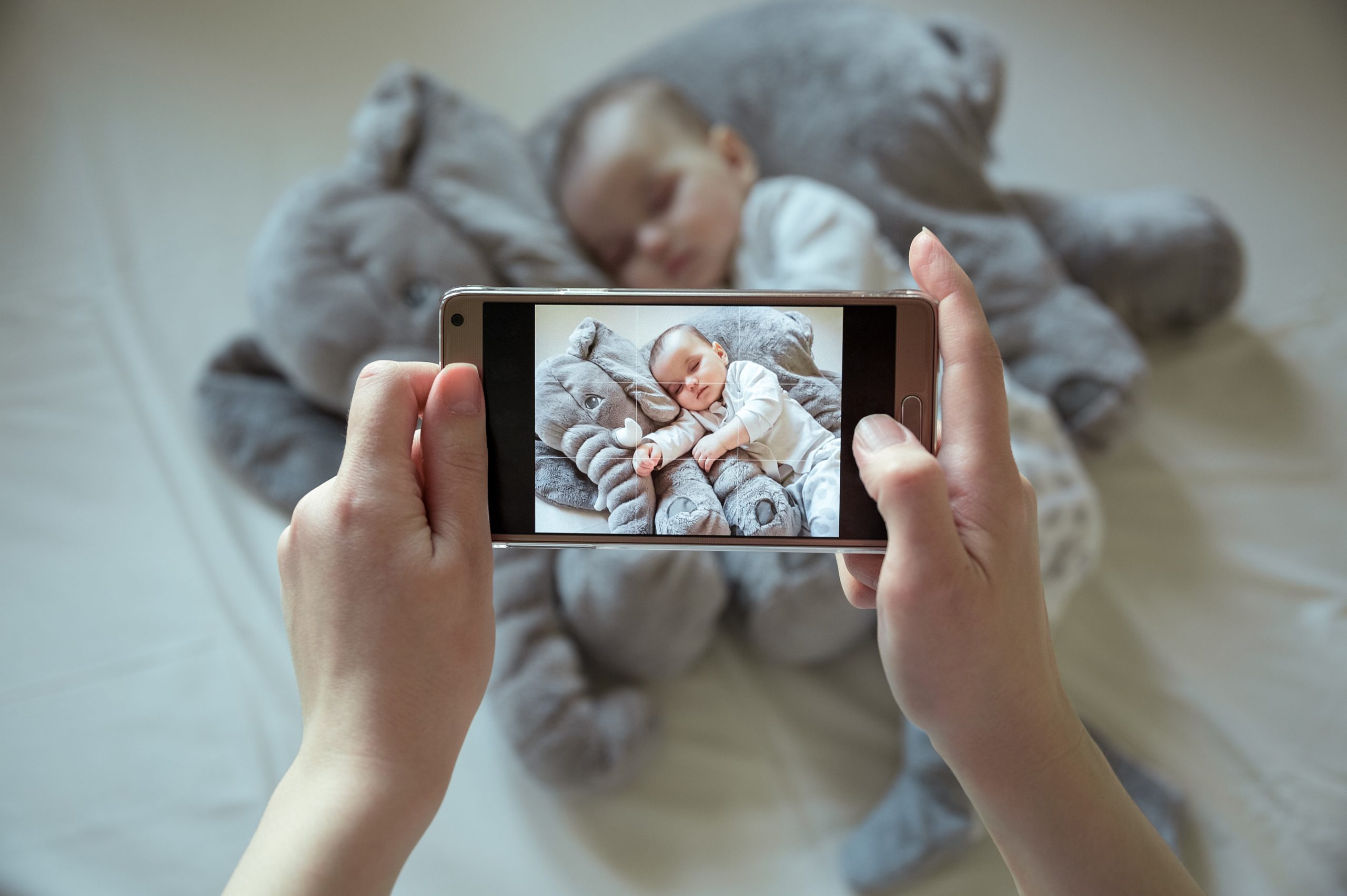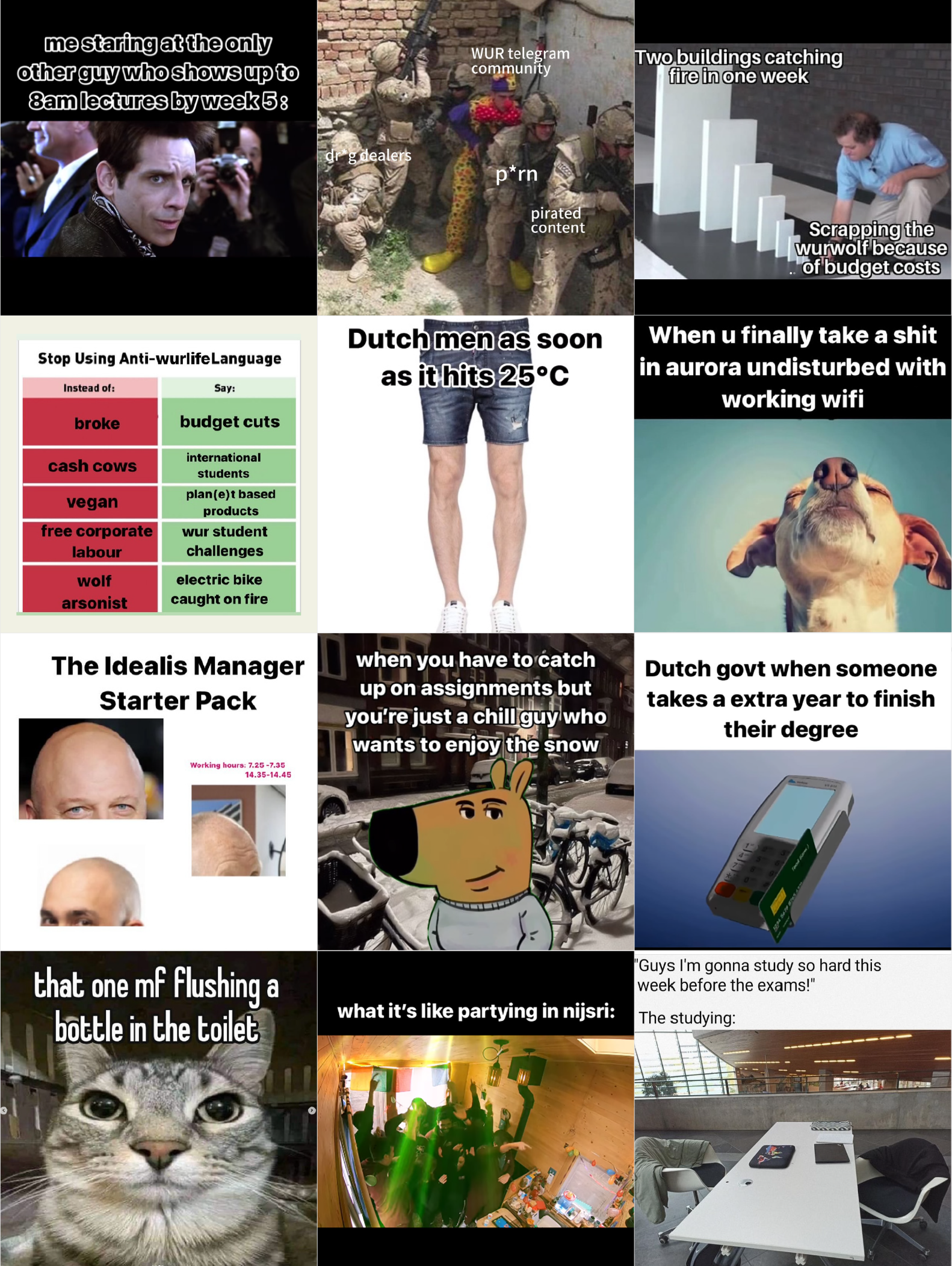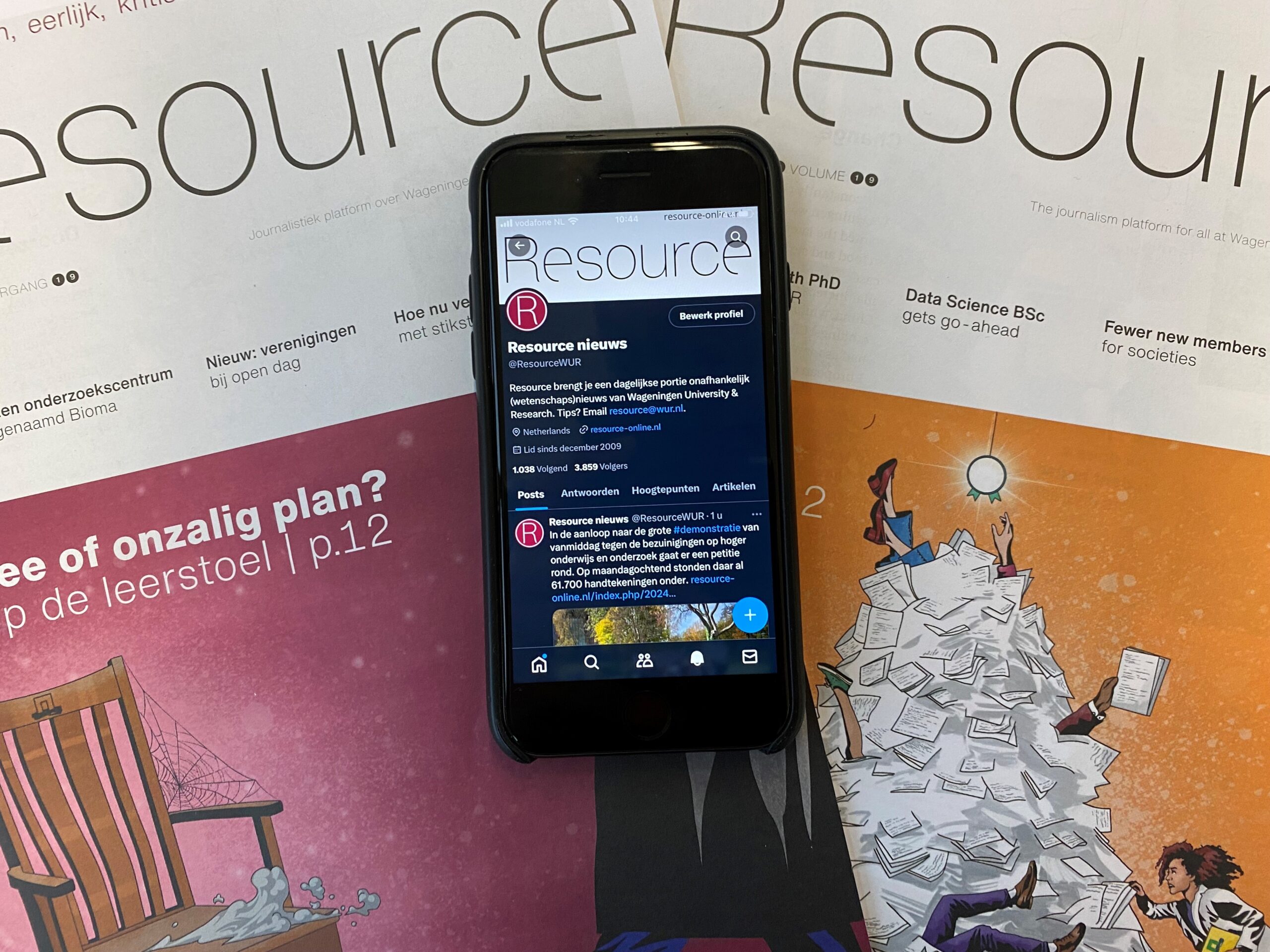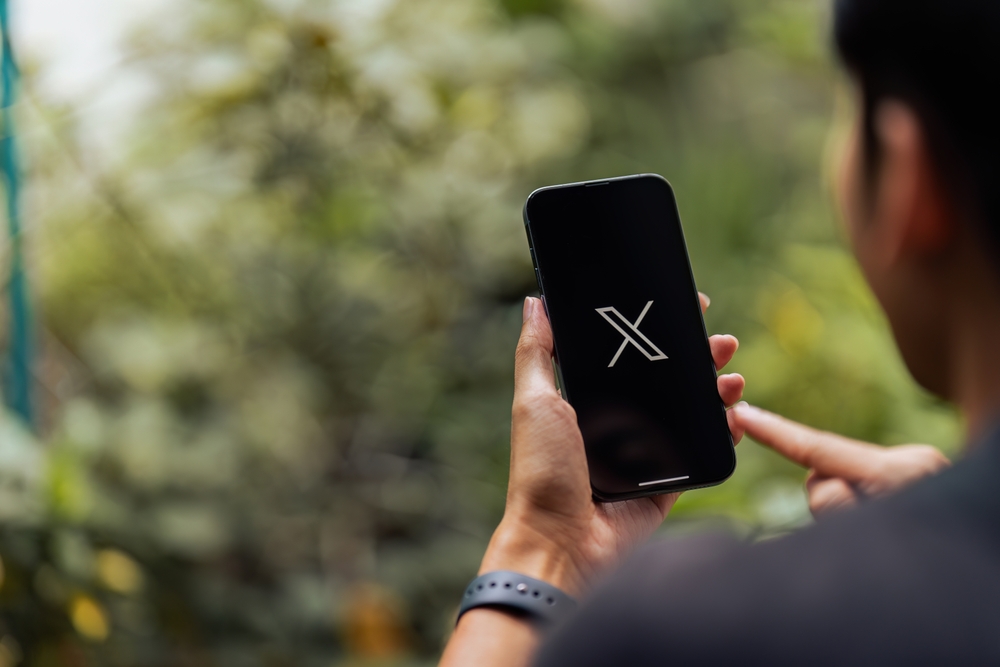After reading an American study that showed that most of the babies in Instagram pictures were not sleeping per the safety guidelines, Floortje Kanits immediately knew she wanted to study this for the Dutch situation. ‘I was sure it would be better here than in the United States’, she says. Kanits obtained her PhD in Nutrition and Health in September for her research on preventing infant death.
‘I’m a millennial, so I am quite active on social media’, Kanits says. ‘And there is plenty of nonsense I come across on my Instagram feed. I can get quite annoyed if people with many followers propagate lies on social media, particularly if it happens to be a subject on which I have some expertise.’
#sleepingbaby
Kanits’ dissertation contains a chapter dedicated to infant death and social media, inspired by the American study. ‘What we consider normal is, in large part, determined by what we see and read. Hence, if we see babies sleeping in a manner that is not in accordance with the 4 safe sleeping recommendations by the Dutch safety organisation VeiligheidNL, we start to think this is normal. While the guidelines stating that a baby should sleep in a supine position, in its own empty crib and in a sleeping bag have been designed expressly to reduce the risk of infant mortality.’
Kanits gathered the two hundred most recent Instagram pictures under twenty-two Dutch hashtags. If there was a baby in the picture, she added it to her research and assessed the picture for the 4 safe sleeping recommendations. She did the same for the ten Instagram accounts of large Dutch platforms or businesses that focus on parents of babies and toddlers. ‘A gathered a total of 562 unique pictures, of which only six comply with the safe sleeping recommendation. Less than two per cent! The United States performed almost four times better at 7.5 per cent.’
Social media as a source of information
‘This does not mean that the majority of those who share their baby pictures fail to comply with the guidelines’, Kanits says. ‘It isn’t difficult to imagine that, if your social media shows only pictures of babies sleeping in a prone position or with a plushie in their bed, you don’t think about whether it’s safe or not. That is how social media can influence your behaviour.’
Still, social media can also benefit us. ‘Collaborating with momfluencers, for example, to promote the correct recommendations.’ Earlier this year, Kanits held the ‘Safe Sleeping Survey’ to find out where people get their information: 52 per cent indicated their search for information on websites, while 23 per cent actively searched social media. ‘That is in keeping with the generation that is currently having children. But I believe the health care sector does not use social media enough to disseminate the right information.’

 ‘It isn’t difficult to imagine that, if your social media shows only pictures of babies sleeping in a prone position or with a plushie in their bed, you don’t think about whether it’s safe or not.’ Photo Shutterstock
‘It isn’t difficult to imagine that, if your social media shows only pictures of babies sleeping in a prone position or with a plushie in their bed, you don’t think about whether it’s safe or not.’ Photo Shutterstock 

